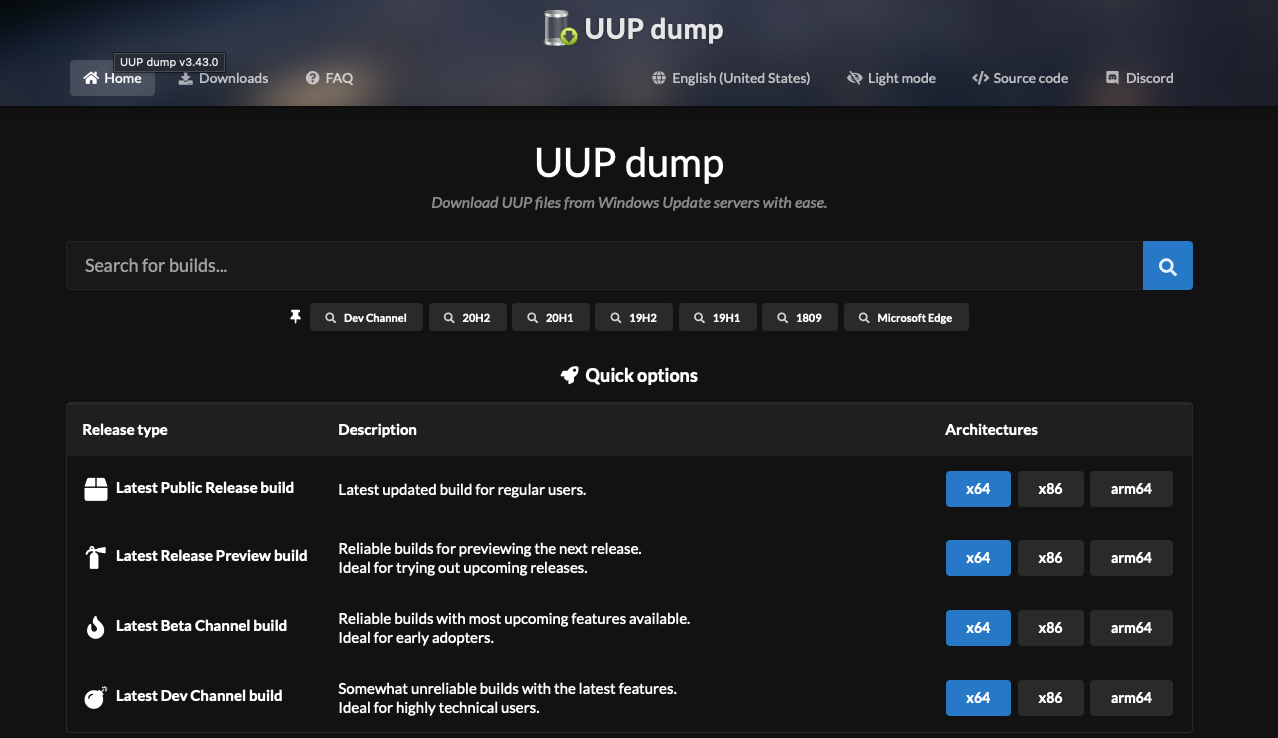Ubuntu Linux 14.04 on Parallels Desktop 10, Mac OS X 10.10.2: Parallels and/or Ubuntu update broke Terminal (no command-line prompt) 1 Can't Mount Blank DVD, Only Video DVD and music CD. Now if you close the UbuntuServer window it will continue to run in the background. Parallels doesn't support true 'headless' mode, but this gets you pretty close. Further Reading: Parallels prlctl Reference. If you are a Parallels Desktop Enterprise user, you can run a VM as a background service. This is an enterprise-only feature. How to install Ubuntu Linux with Parallels Desktop 10 on Mac OS X. The operating system is based on Ubuntu 20.04 and features and the user interface is built on top of the KDE Plasma Mobile 5.20 desktop environment. Deezy on Parallels Desktop now lets you run.
Ubuntu 9.10 alpha has been around for some time now, and final version will be released later this year. This tutorial will guide you in installing Ubuntu 9.10 (Karmic Koala) alpha using Parallels Desktop 4.0 on Mac OS X. I’m using build 4.0.3522 of Parallels Desktop. When the final version is released, this will be updated to reflect any changes in install.
Download Ubuntu 9.10 Karmic Koala
To get started, download the appropriate version of Ubuntu from the links below:
- Intel x86 installer (choose this unless you want 64 bit Ubuntu)
- 64 bit installer (choose this only if you have a Intel Core 2 or AMD64 processor)
Install Ubuntu Karmic Koala (9.10) on Parallels Desktop (Mac OS X)
Some general instructions before getting started: hit left/right arrow to move from one option to another. Where arrows don’t work, use Tab.
Open Parallels Desktop and click File > New Virtual Machine.
Choose CD/DVD image and point to the ISO file you downloaded.
Name it Ubuntu 9.10 (include the version number so as to identify it easily).
Upon clicking “Start”, the installation will begin.
Choose your language and hit Enter.
“Install Ubuntu” will be selected by default, hit enter again.
English will be selected as the language, hit Enter again.
Choose your country and hit enter.
For keyboard layout, choose No (by using left/right arrow) and hit enter.
If you use a standard keyboard, choose USA under “Origin of keyboard”.
Choose USA again – unless you have a non-standard layout.
The installer will proceed, with a progress bar.
If you are on a home network, enter any name, I choose Ubuntu. Hit enter.
Select the region and city, to configure the clock.
Manual apple mac mini. For partition, choose “Guided – entire disk”, which will be the default option. Hit enter.
Ensure that the disk chosen has the words “Virtual HDD” in it.
Confirm partitioning by choosing “No” and hitting enter.
Enter your name, hit tab and then hit enter.
Enter your username (remember it, this is the login username), hit tab and then hit enter.
Enter password and hit enter, and renter your password for confirmation.
Encryption is not really important for a Parallels install, so choose No (by hitting Tab) and hit enter.
Unless you use a proxy, hit tab (to navigate to “Continue”) and hit enter.
Depending on whether your clock is set to UTC, choose the option and hit enter.
You will be asked to eject Ubuntu disk. Since we have used a .iso file, Ubuntu considers it as the real drive. To set up the real CD/DVD drive, hit Control+Alt to come out of Parallels, then click Devices, point to CD/DVD ROM 1 > Real CD/DVD ROM > (whichever real optical drive you have).
click to enlarge
Since we have used a .iso file, you do not have to eject anything. Hit tab to get to “Continue” and hit enter.

Ubuntu will reboot.

Let it complete the reboot and reach the login screen.
Enter your username and password to log in.
Here’s the Ubuntu desktop, booted for the first time.

It is a good idea to update all software (and do so every week or so) – the advantage of Linux is the frequent security updates and patches. To update, click System > Administration > Update Manager.
Hit Check to refresh updates. Then, enter your password and hit OK.

If Update Manager shows any new updates, check them and hit “Install Updates”.
Parallels Tools will be available for Ubuntu 9.10 soon after the final release, so we will update this tutorial when it is available.
Ubuntu Parallels Desktop Free
We’ve outlined how to run Linux on Mac® and how easy it is to get started!
Linux is an incredibly versatile operating system that has been designed to run on a wide range of devices—from mobile devices, to desktop computers, and even servers. Due to the open-source nature that ensures code has active community support, Linux is widely loved by developers. Think of Linux as an operating system “of the people, by the people, for the people.” (Yes, we just quoted the Gettysburg Address to enable readers to understand Linux as a whole.)
Users online have expressed a desire to run Linux on their Mac computer without rebooting. This is where Parallels Desktop® for Mac enters as a solution. Virtualization of Linux is a powerful and easy installation process that allows for an interruption-free environment.

Parallels Desktop provides several popular distributions of Linux for free directly in the product itself. Additionally, Parallels Desktop users can download .ISO files of and install other Linux distributions (for example: Kali Linux & use Vagrant to download and setup Linux environments like a pro!)
The free Other ic. included systems are shown below. There’s no need to take any additional steps to find the right Linux distribution for you. We’ve made it very easy to run Linux on Mac!
Ubuntu: One of the most popular open-source softwares; based on the Debian GNU/Linux distribution.
Fedora: Formerly Fedora Core. Based on the Linux kernel, developed by the community-supported Fedora project, and sponsored by Red Hat.
CentOS: Provides a stable, predictable, manageable, and reproducible platform.
Debian GNU/Linux: A popular Unix-like operating system that is composed entirely of free software, which is utilized for personal computers and network servers.
Linux Mint: An easy-to-use free distribution that requires little maintenance and goes with full multimedia support.
Android: A Linux-based operating system for mobile devices, such as smartphones and tablet PCs.
Ubuntu Parallels Desktop Installer
All of these Linux distributions are free and easy to install as a virtual machine on your Mac through Parallels Desktop. Linux distributions can be located under the “Free Systems” options available to users within the Installation Assistant when creating a new virtual machine. See the full list of free systems below:
Linux Install Parallel
Atomic mass of zinc and copper. Get started with Linux on Mac with Parallels Desktop and try a free 14-day trial now.
